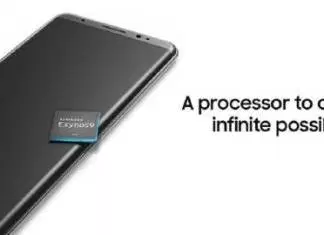The advancement of Science and Technology has also given birth to a lot of cyber threats. These threats are increasing with every passing day. CopyCat is also one of those malware’s that had affected a lot of devices last year. The latest reports say that CopyCat has affected about 14 million Android devices. This malware was at its peak in the months of April and May of the year 2016. The Checkpoint Researchers revealed the reality of this malware. Google started to protect the devices running Google’s Android software.
This malware started from the South East Asia and infected the Android devices in India, Pakistan, and Bangladesh. Later, the reports also showed that it had also infected about 2,80,000 Android devices in the United States. The researchers began to study the way it attacks the Android. There is a built-in Android app launching process “Zygote” on all the Android devices. This malware used to control the devices by injecting specific codes to this “Zygote”. This malware holds itself in the Zygote until the device boots up. During this booting process, it gets control of the device and roots it. The reports say that it had rooted about 8 million devices.
The Checkpoint researchers also revealed that the malware spread through third-party app stores. They also told that the developers of malware had earned $1.5 million in the months of April and May 2016. The malware had infected the devices running Android 5.0 Lollipop or previous versions. This is because Google started to introduce security patches from Android Marshmallow. The main goal of these patches is to save the “Zygote” from injection of malware codes. Google also updates this security patch every month.
Although Google has got control over this malware, yet the devices that have not been updated in the last two years may still be infected. This malware also starts to display fraudulent apps and ads on the device. It also installs malicious apps on the device and generates revenue. The figures show that about 26% of the infected devices show fraudulent advertisements. Another 30% devices got credit for downloading and installing malicious apps. The malware also shared all the information of the device to the CopyCat’s control centers.
Google had succeeded in subduing the impact of the malware. But, the devices that have not been updated could be attacked by the malware. Thus, it is recommended to use only the official app store and download apps from there.


